The National Assembly has passed the Law on Geology and Minerals. With 12 Chapters, 111 Articles, as well as 12 new points of the Law on Geology and Minerals, it will create a synchronous and unified legal corridor in the management of exploitation of geological and mineral resources...

Mineral exploitation projects not exceeding 30 years
The Law on Geology and Minerals provides detailed regulations on basic geological surveys, mineral geological surveys, protection of unexploited mineral resources, mineral exploitation, mineral processing, finance in the field of geology and minerals, as well as state management within the mainland, islands, internal waters, territorial waters, contiguous zones, exclusive economic zones and continental shelf of Vietnam.
An important point in the Law on Geology and Minerals is the prohibition of trading in minerals of illegal origin. Prohibited acts in the Law on Geology and Minerals include taking advantage of geological and mineral survey activities to infringe upon the interests of the State, causing harm to organizations, individuals, communities, or intentionally destroying valuable geological and mineral specimens. In particular, the Law on Geology and Minerals also prohibits the implementation of mineral exploitation activities without approval or licensing from competent state management agencies. Regarding the period of mineral exploitation, the Law on Geology and Minerals stipulates that mineral exploitation investment projects have an exploitation period of no more than 30 years. If necessary, it can be extended, but the total exploitation period must not exceed 50 years.
It is known that before the National Assembly passed the law, during the discussion, many opinions proposed to adjust the regulations on the period of granting mineral exploitation licenses to 50 years and the extension period to 15 years. However, according to the Chairman of the National Assembly's Committee on Science, Technology and Environment, Le Quang Huy, minerals are public assets, so the granting of mining licenses must be carefully considered to avoid negative impacts on socio-economic development. In fact, international experience shows that the period of granting mineral exploitation licenses usually lasts a maximum of 30 years and can be extended many times, but the total extension period does not exceed 20 years. The Law on Geology and Minerals stipulates that mineral exploitation licenses are valid for no more than 30 years and can be extended many times, but the total extension period does not exceed 20 years, with the total maximum exploitation period being 50 years.
Unblocking landfill materials
With the newly approved regulations, the Law on Geology and Minerals will help strengthen state management of mineral resources, while protecting national resources, contributing to the sustainable and effective development of the mineral industry. The National Assembly also requested the Government to continue reviewing and adjusting regulations to ensure that licensing and license renewal are carried out smoothly and quickly, helping mineral exploitation enterprises comply with the law.
The Law on Geology and Minerals passed by the National Assembly also promptly removed difficulties and obstacles in the practice of mineral exploitation to provide filling materials. Specifically, the Law on Geology and Minerals clearly divided mineral groups according to their uses and management purposes: Group I minerals include metallic minerals; energy minerals; precious stones, semi-precious stones; industrial minerals. Group II minerals are minerals used as materials in the construction industry to serve the production of cement, tiles, sanitary porcelain, construction glass, paving stones, fine arts, industrial lime, and refractory materials.
Group III minerals include minerals used as common construction materials, peat, mineral mud, natural mineral water, natural hot water. Group IV minerals include minerals suitable only for the purpose of filling, building foundations, building hydraulic works, preventing and combating natural disasters, including: Clay, hill soil, soil with other names; soil mixed with rocks, sand, pebbles or gravel; sand (except sand, gravel in riverbeds, lake beds and sea areas).
In order to promptly resolve difficulties and obstacles in the practice of mineral exploitation to provide filling materials for socio-economic development investment projects, according to the Chairman of the National Assembly's Committee on Science, Technology and Environment, Le Quang Huy, the Law has revised the general provisions on the exploitation of Group IV minerals. The exploitation of Group IV minerals to serve projects, works, and construction items, and the implementation of emergency mobilization measures, does not require the implementation of procedures for submitting to competent state agencies for decision or approval of investment policies, approval of investment projects, appraisal and approval of appraisal results of environmental impact assessment reports, issuance of environmental licenses, and environmental registration. However, it is necessary to develop a plan for the exploitation of Group IV minerals and submit it to competent state management agencies for consideration and issuance of mineral exploitation licenses in accordance with the provisions of this Law.
Source: https://daidoanket.vn/nhung-diem-moi-cua-luat-dia-chat-va-khoang-san-tao-hanh-lang-phap-ly-dong-bo-va-thong-nhat-10295810.html


![[Photo] National Assembly Chairman Tran Thanh Man meets with Ethiopian Prime Minister Abiy Ahmed Ali](https://vstatic.vietnam.vn/vietnam/resource/IMAGE/2025/4/16/c196dbc1755d46e4ae7b506c5c15be55)
![[Photo] Opening of the 4th Summit of the Partnership for Green Growth and the Global Goals](https://vstatic.vietnam.vn/vietnam/resource/IMAGE/2025/4/16/488550ff07ce4cd9b68a2a9572a6e035)
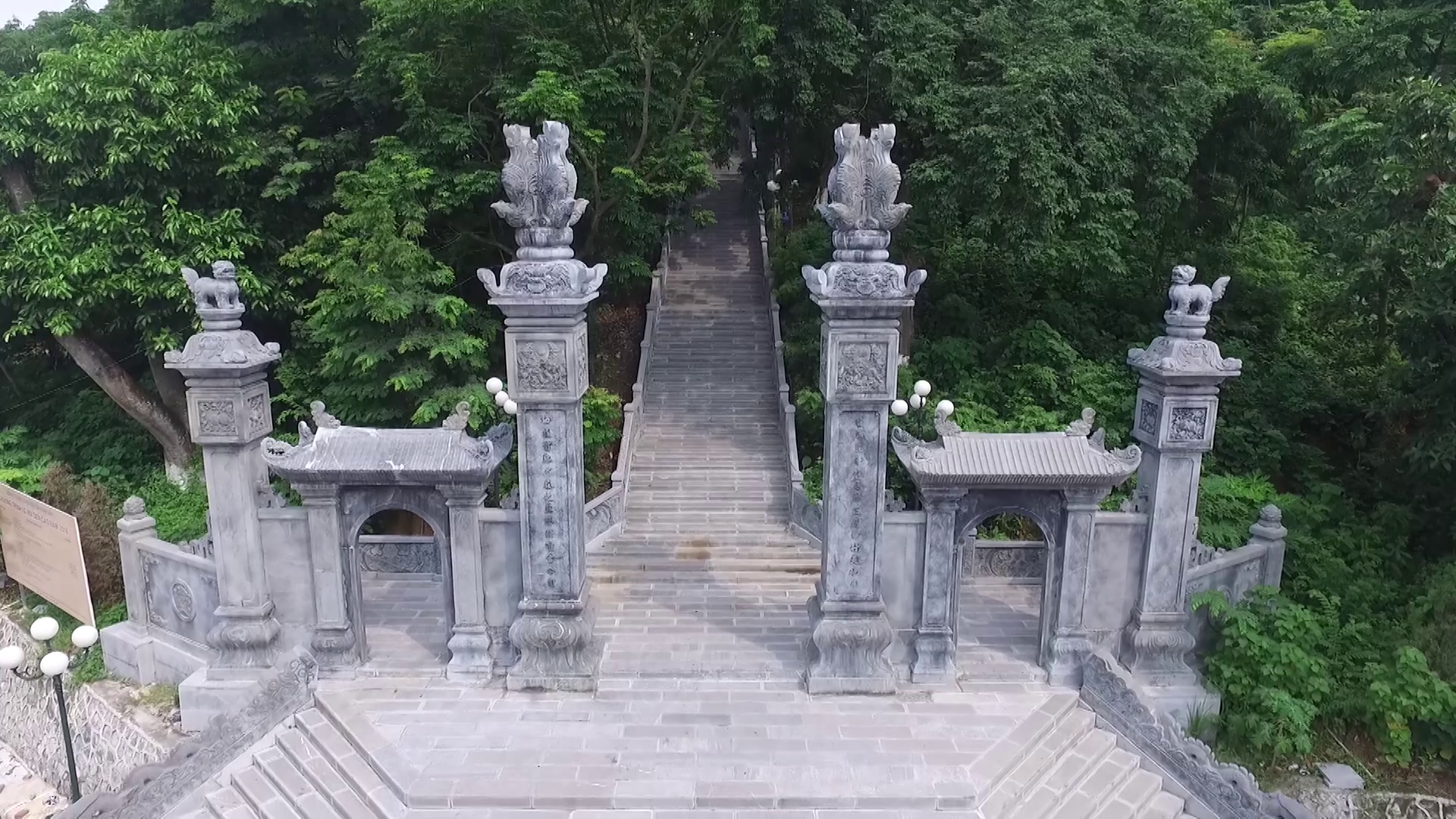

![[Photo] President Luong Cuong receives Ethiopian Prime Minister Abiy Ahmed Ali](https://vstatic.vietnam.vn/vietnam/resource/IMAGE/2025/4/16/504685cac833417284c88a786739119c)
![[Photo] Many practical activities of the 9th Vietnam-China border defense friendship exchange](https://vstatic.vietnam.vn/vietnam/resource/IMAGE/2025/4/16/3016ed3ef51049219574230056ddb741)
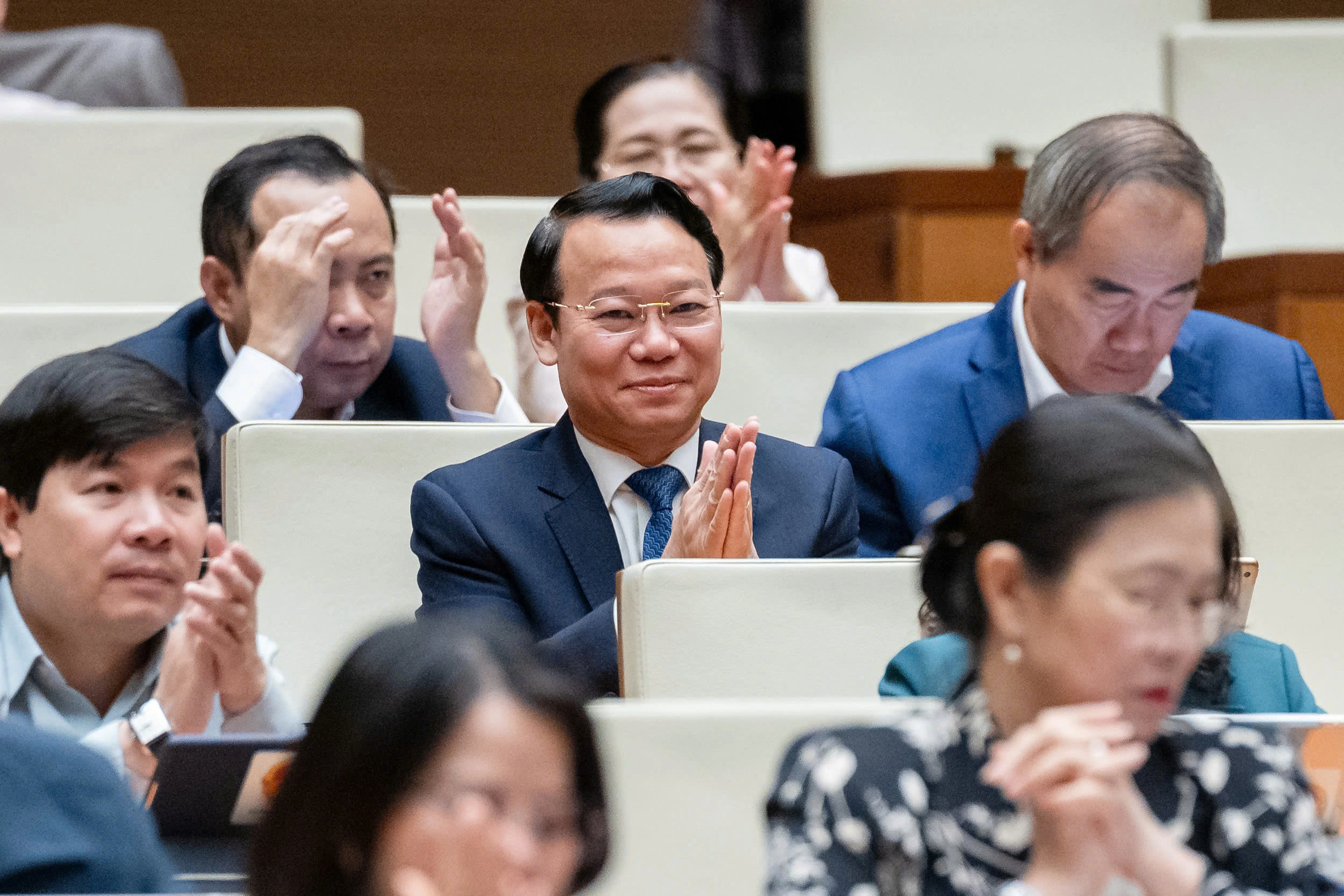

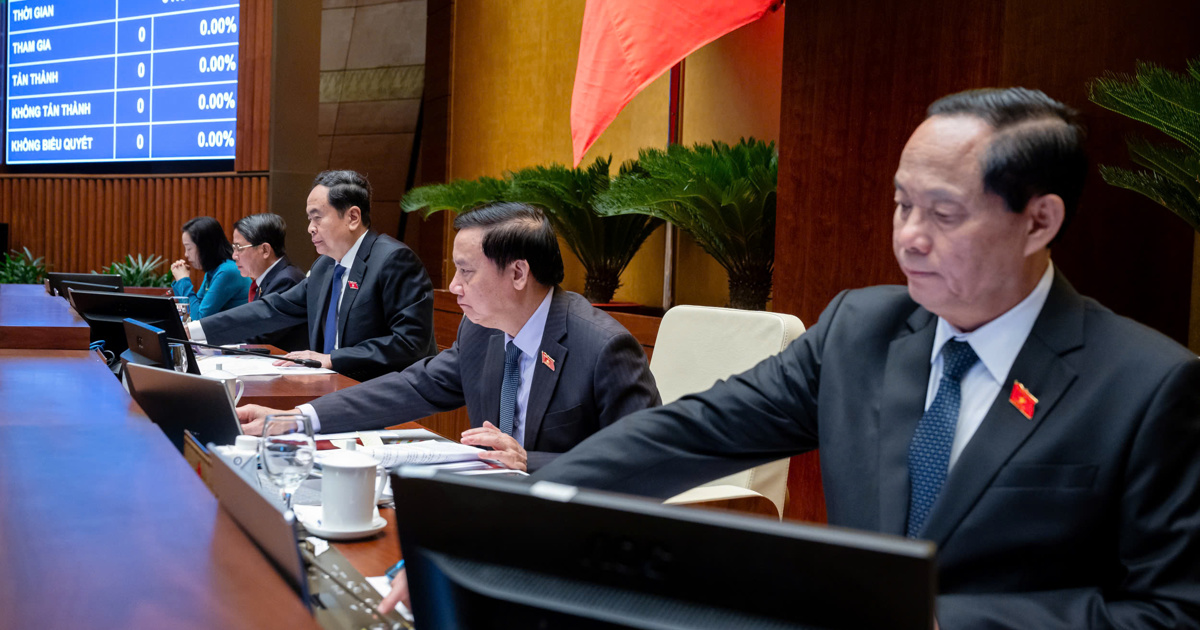



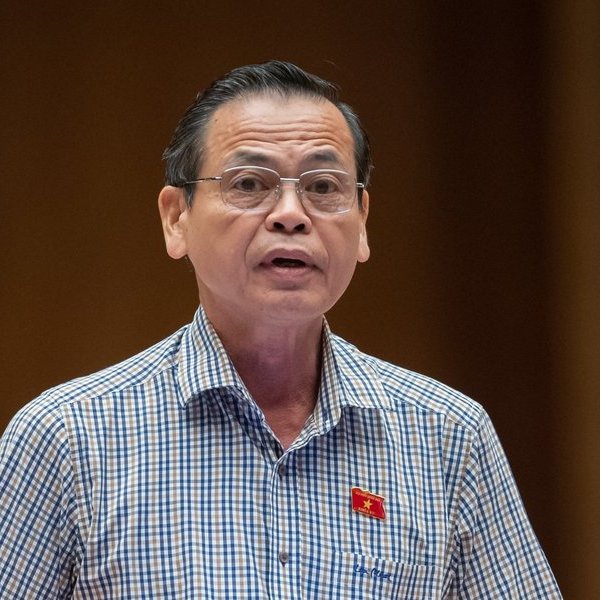

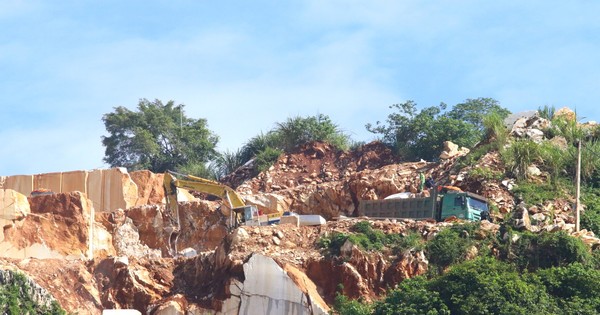


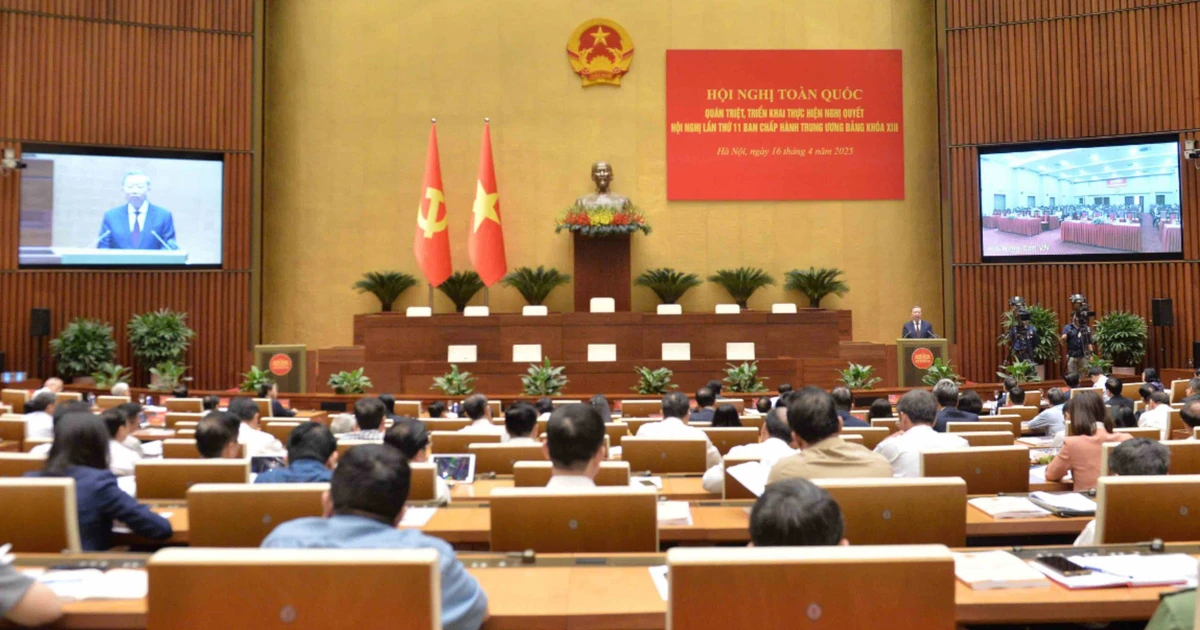
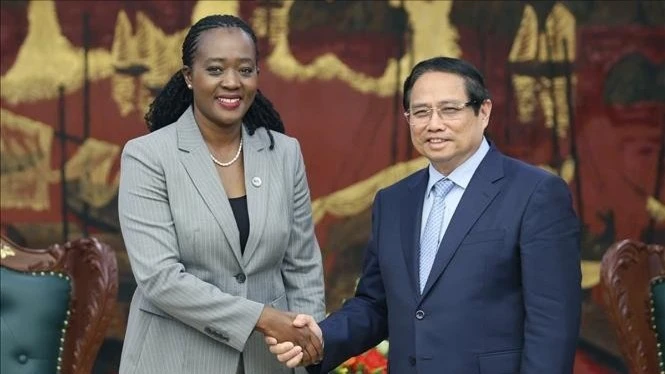
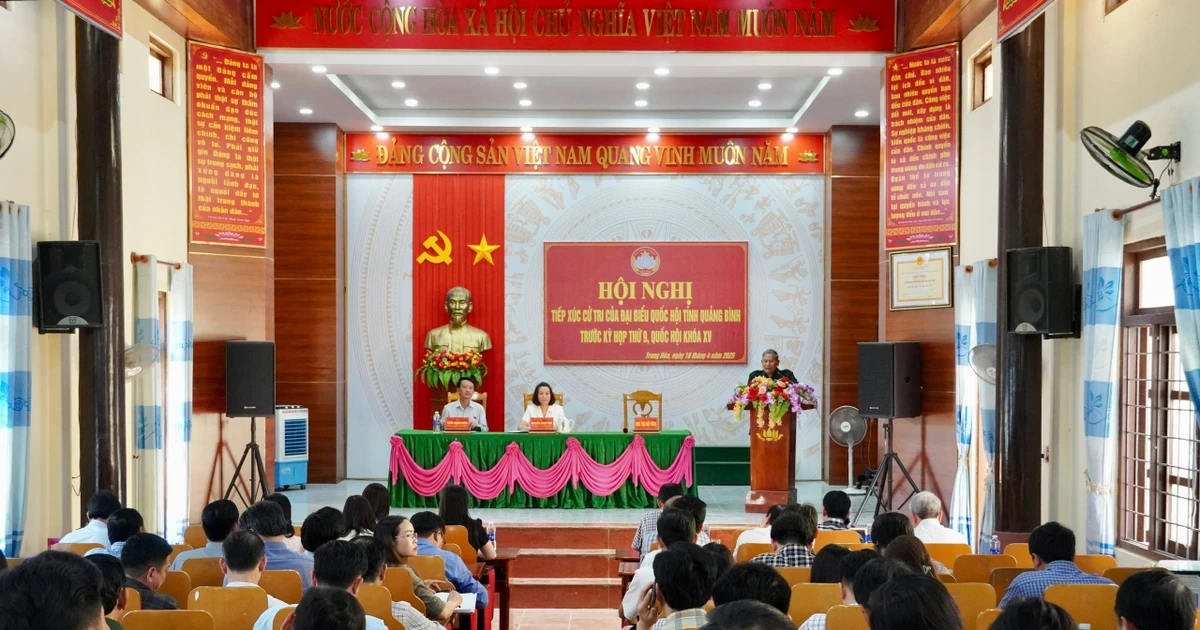
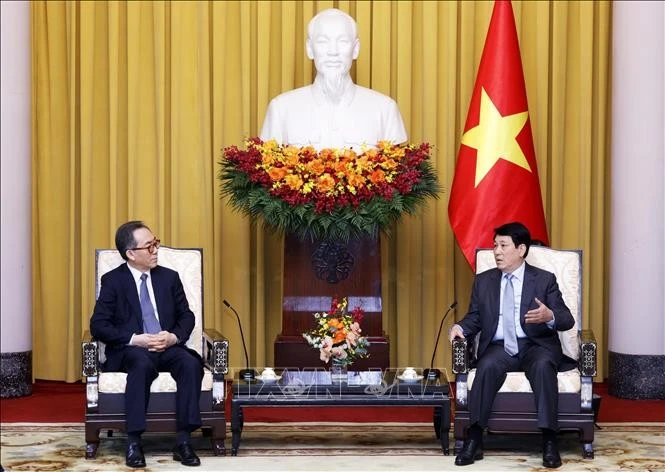
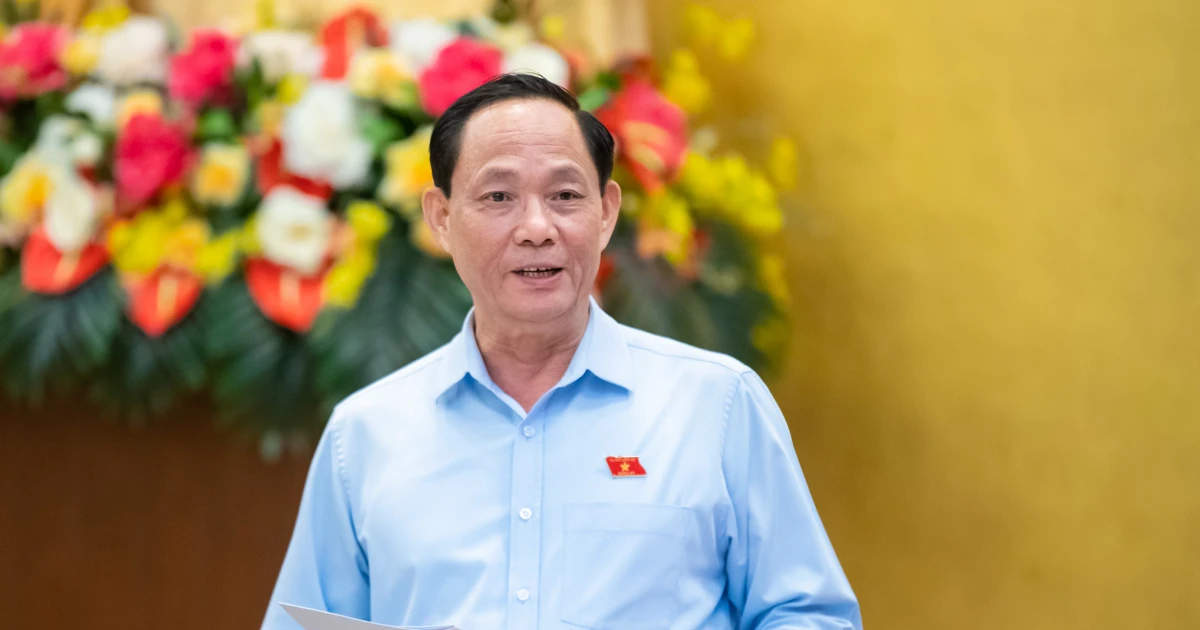
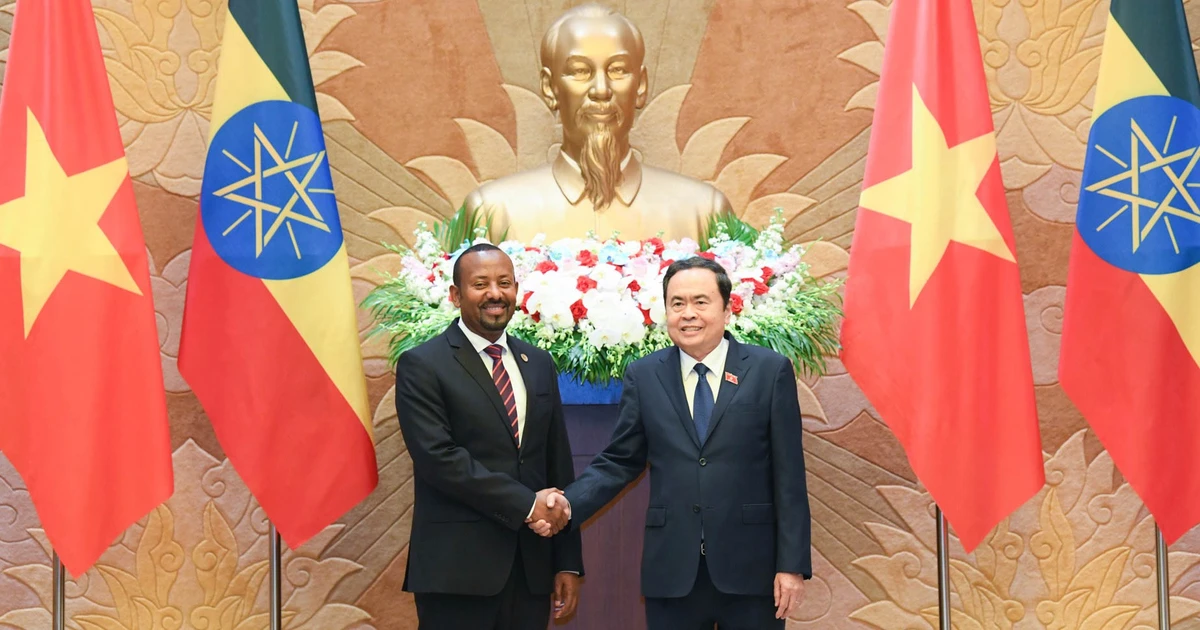





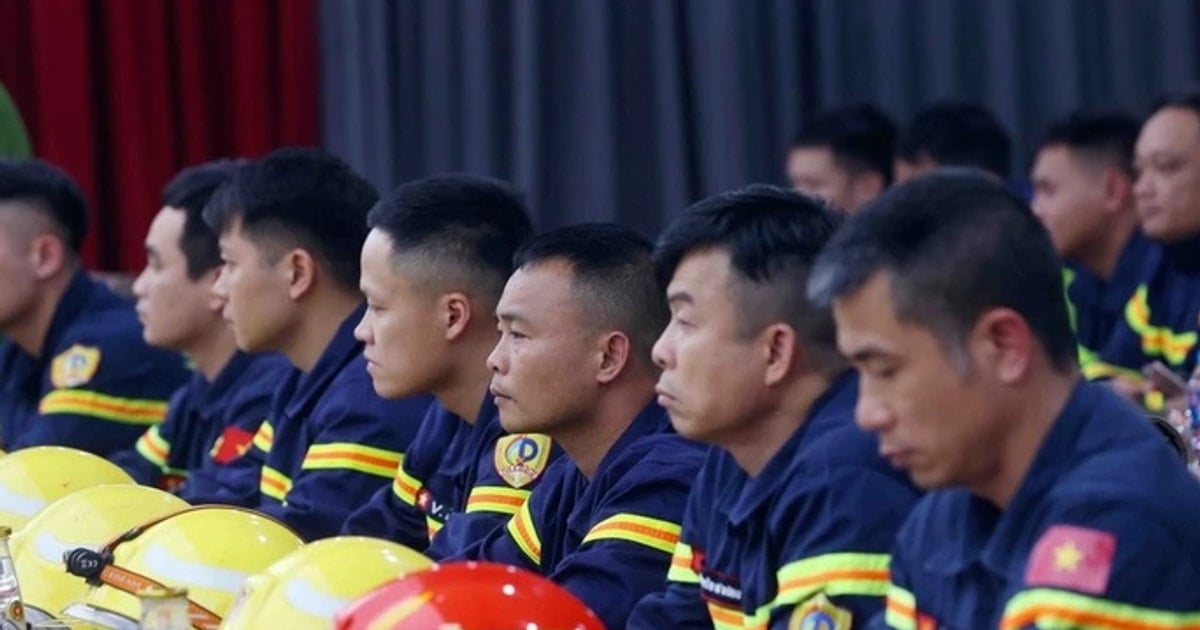
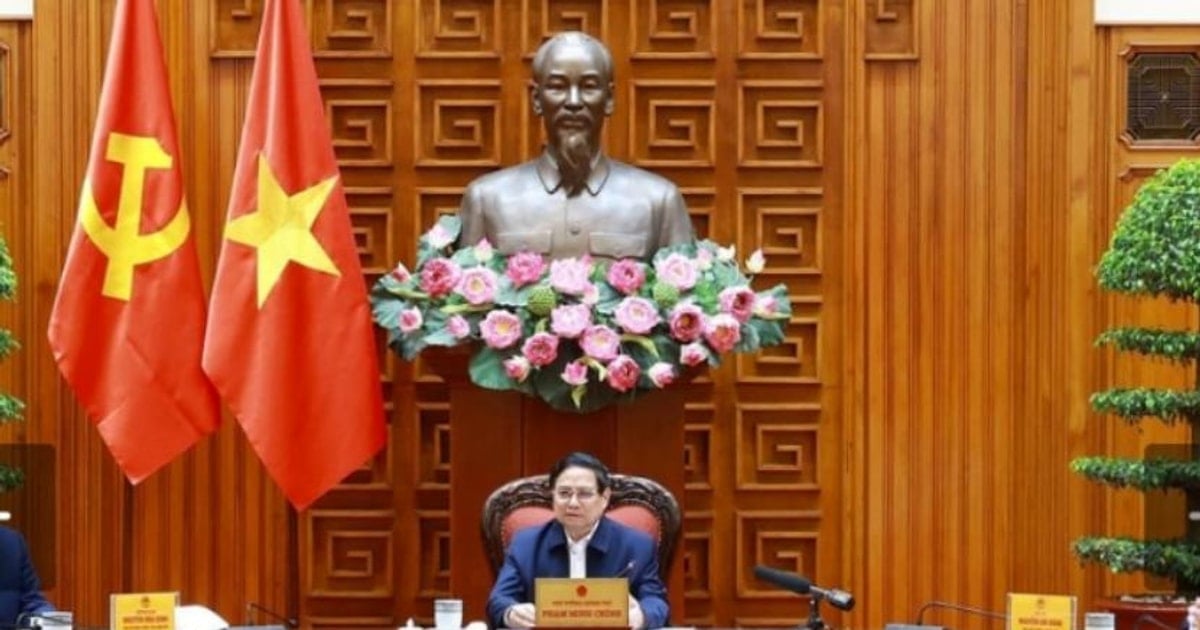
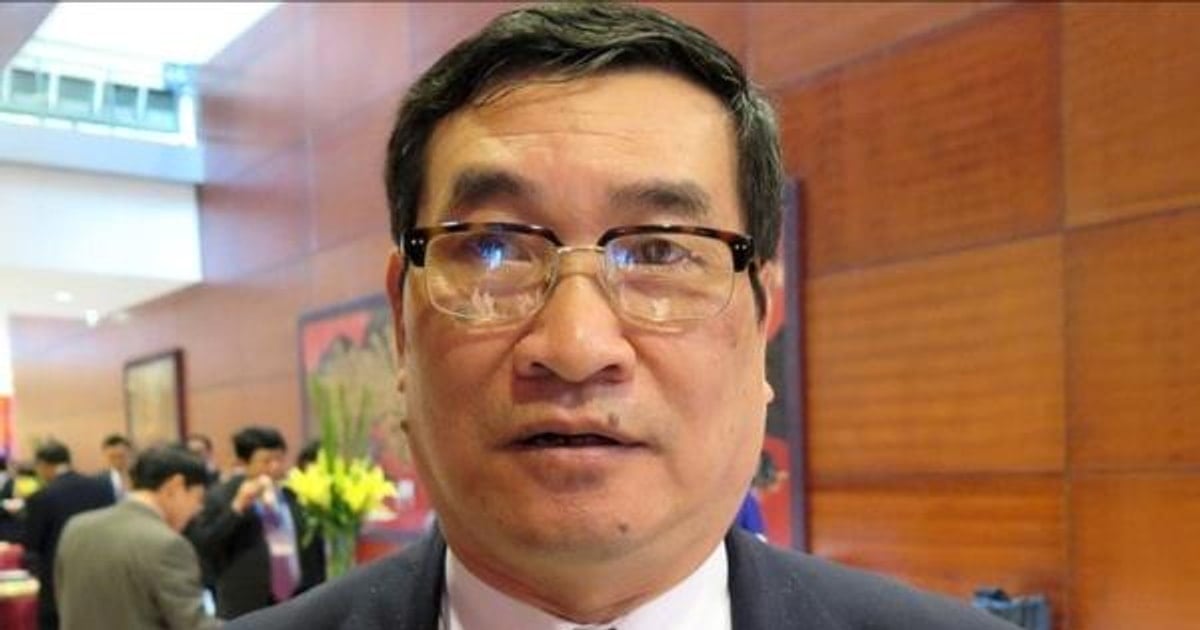
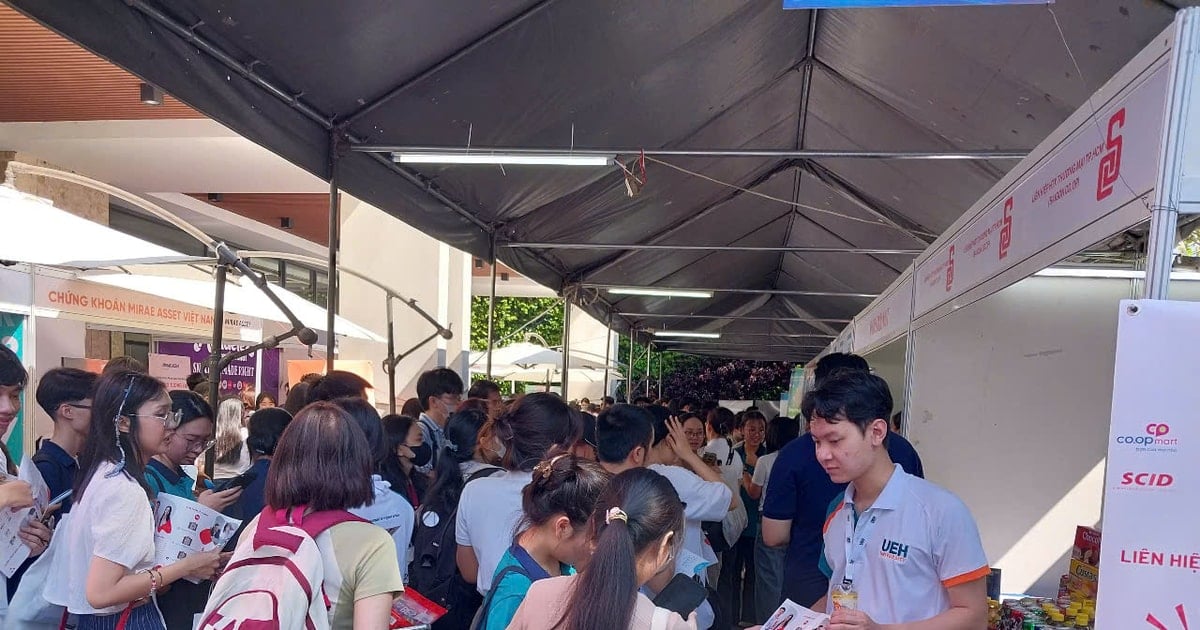
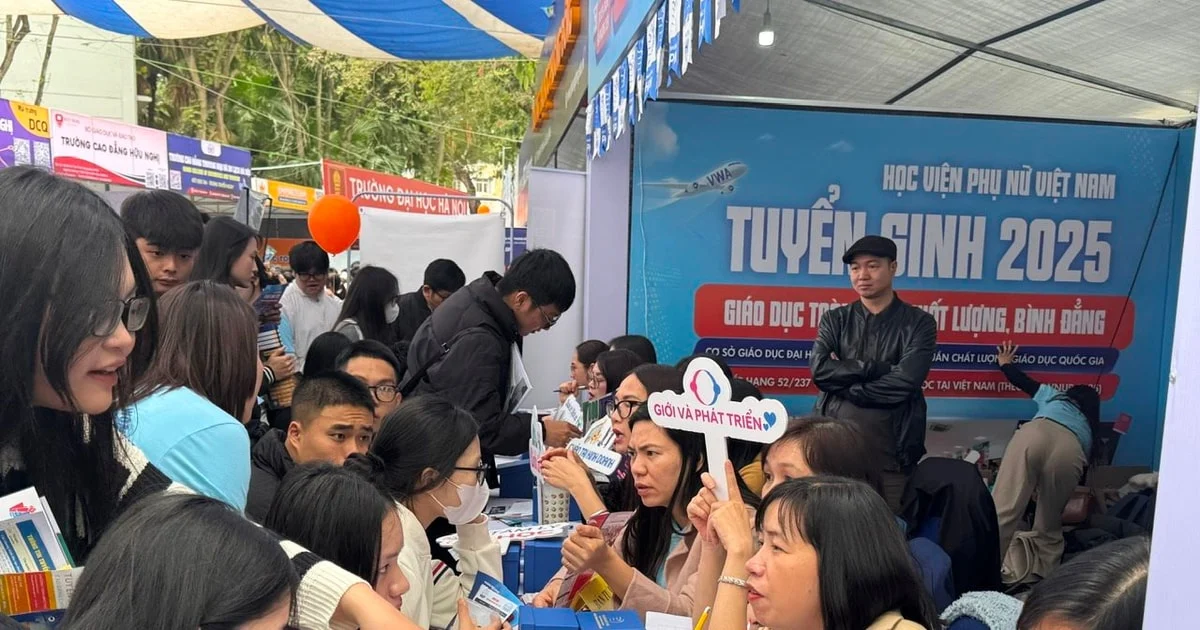
![[Photo] President Luong Cuong meets 100 typical examples of the Deeds of Kindness Program](https://vstatic.vietnam.vn/vietnam/resource/IMAGE/2025/4/16/ce8300edfa7e4afbb3d6da8f2172d580)




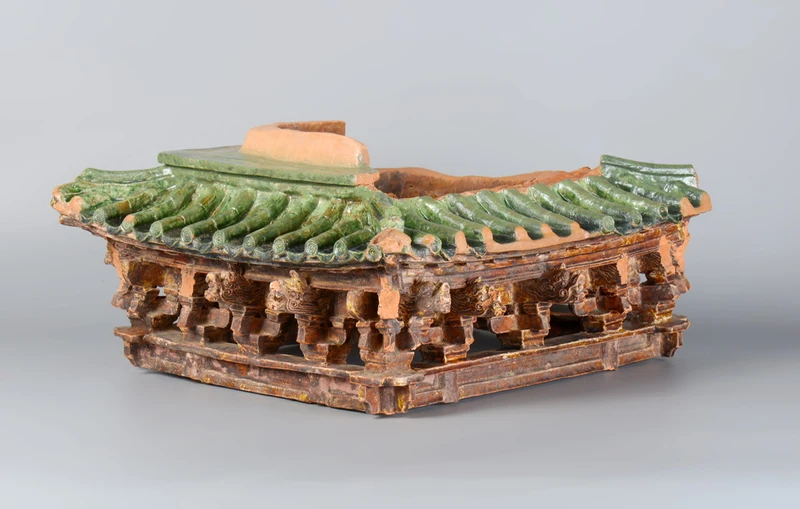


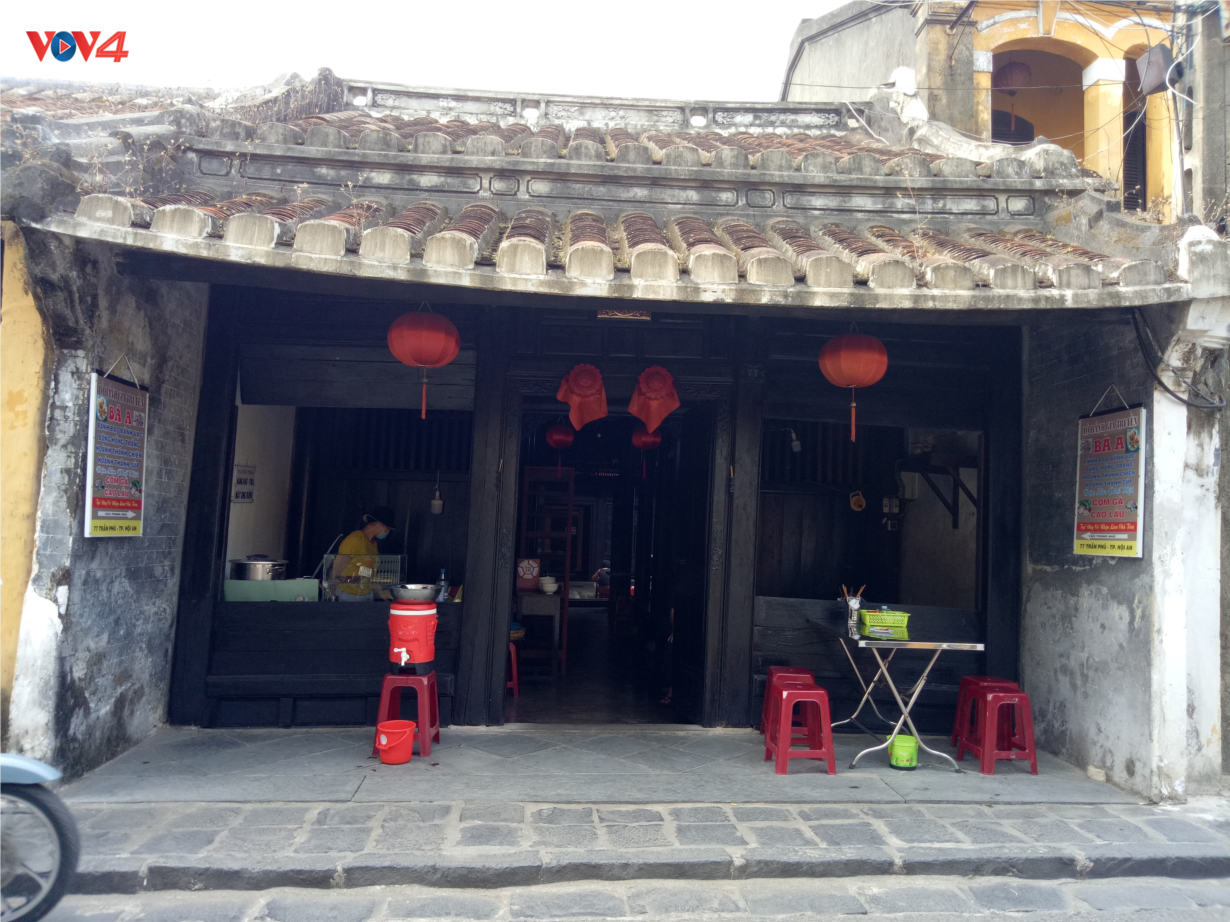



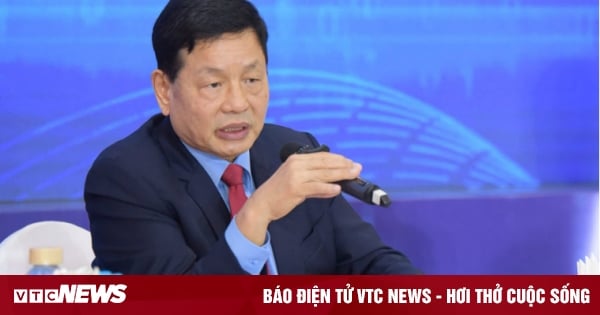



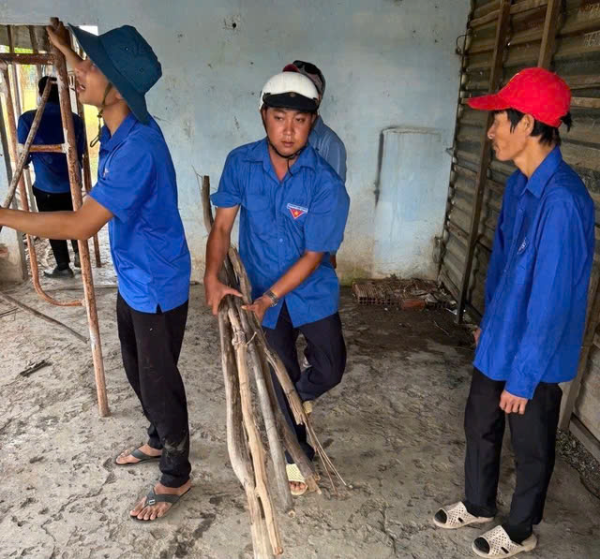
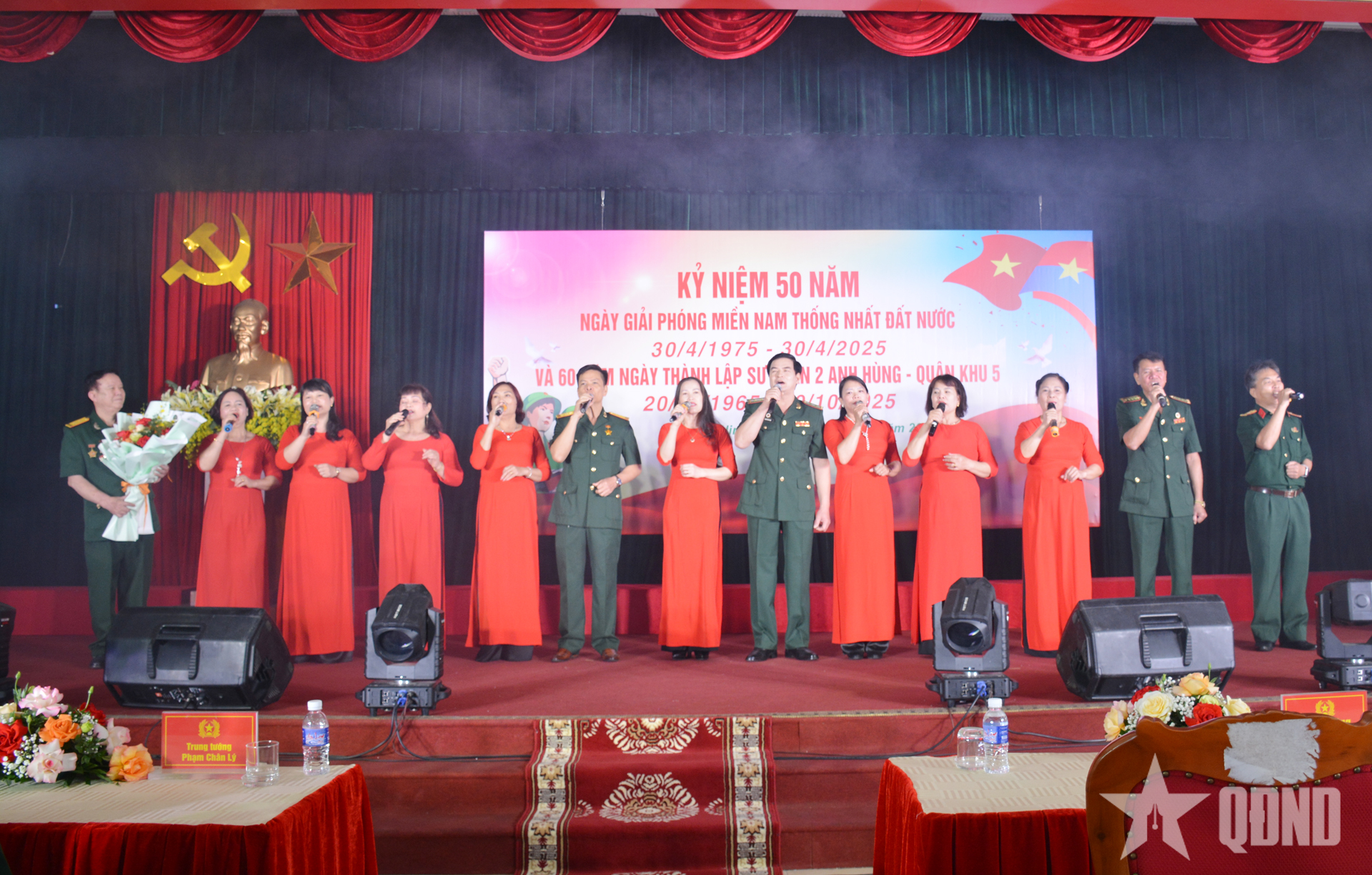









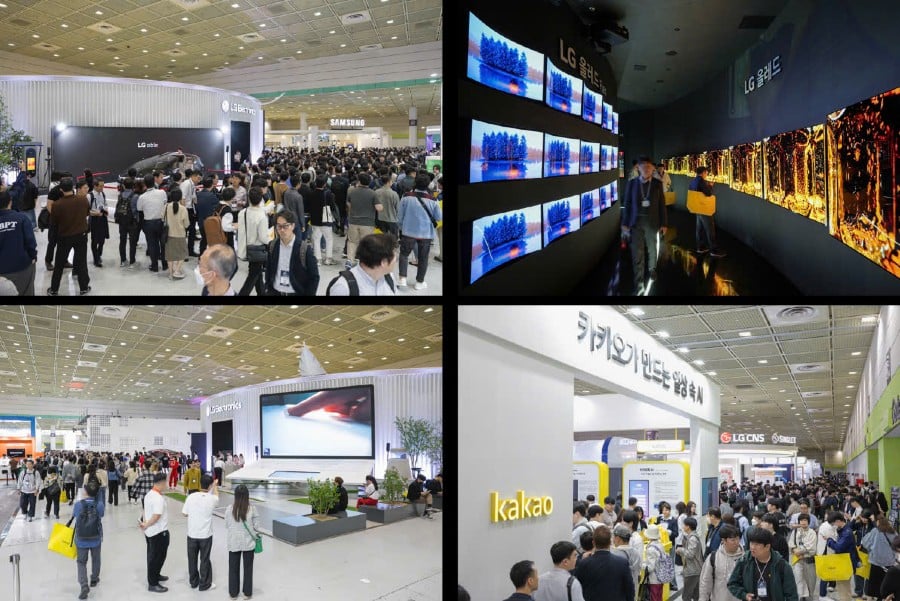



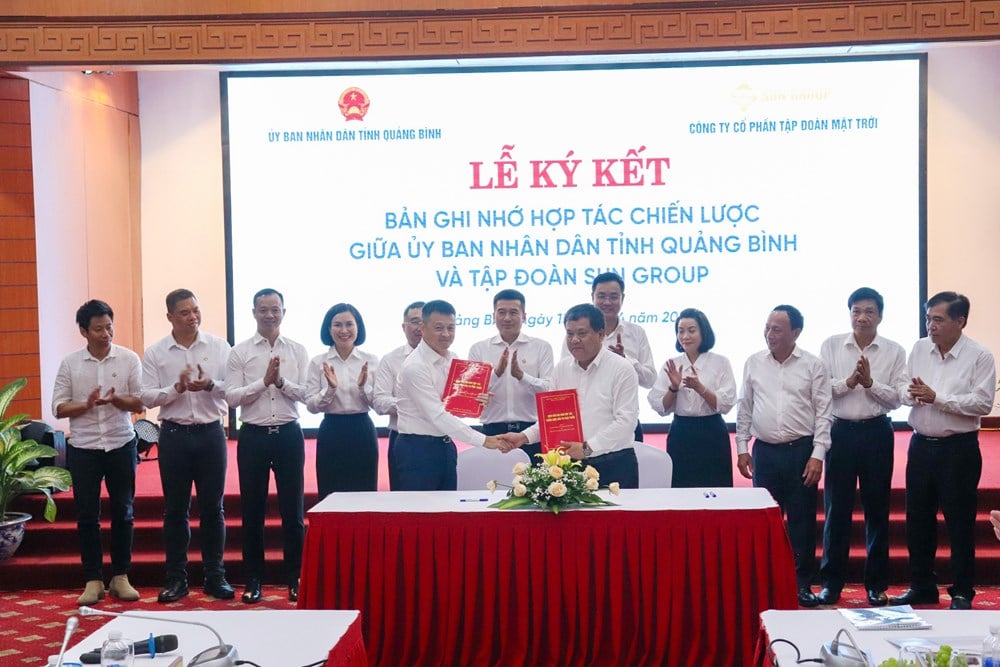

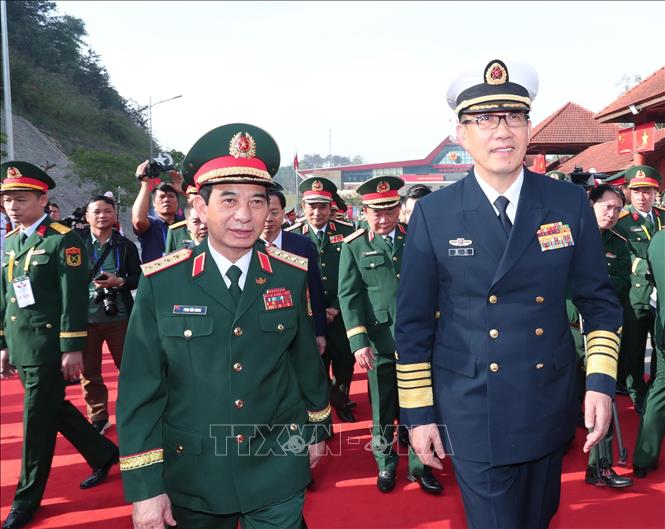

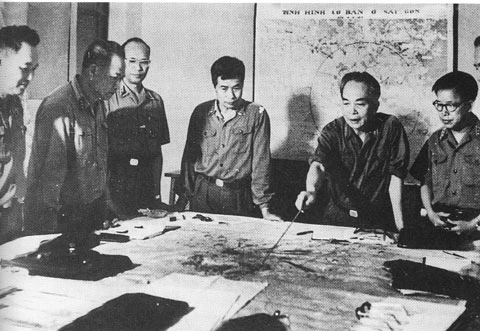


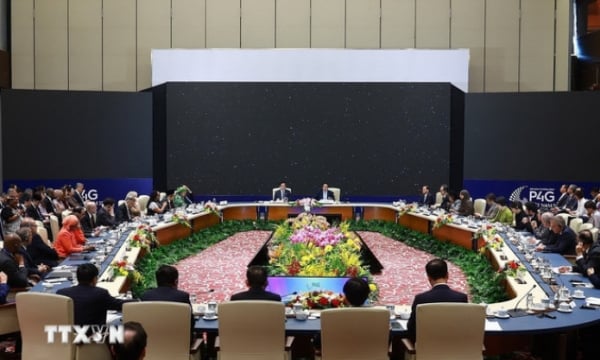
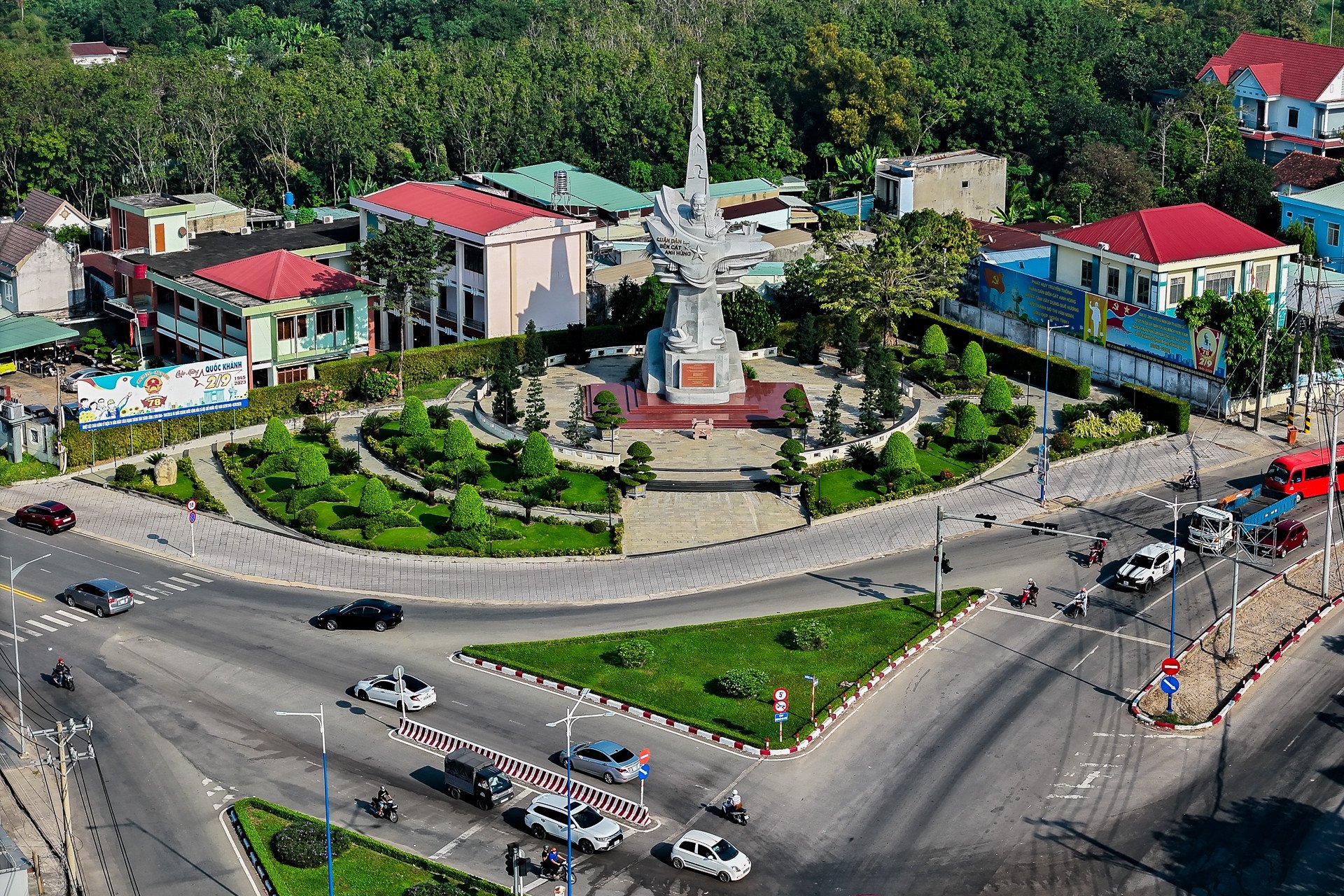
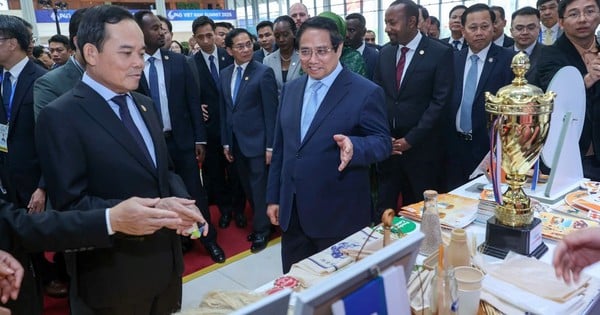

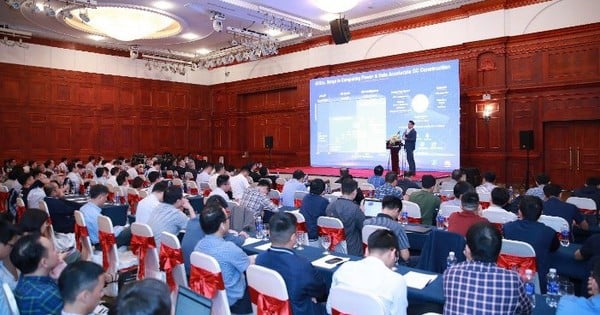
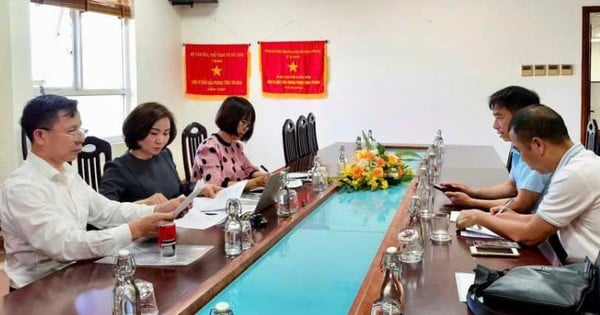



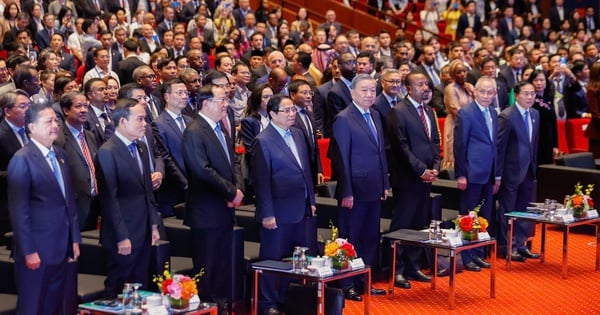







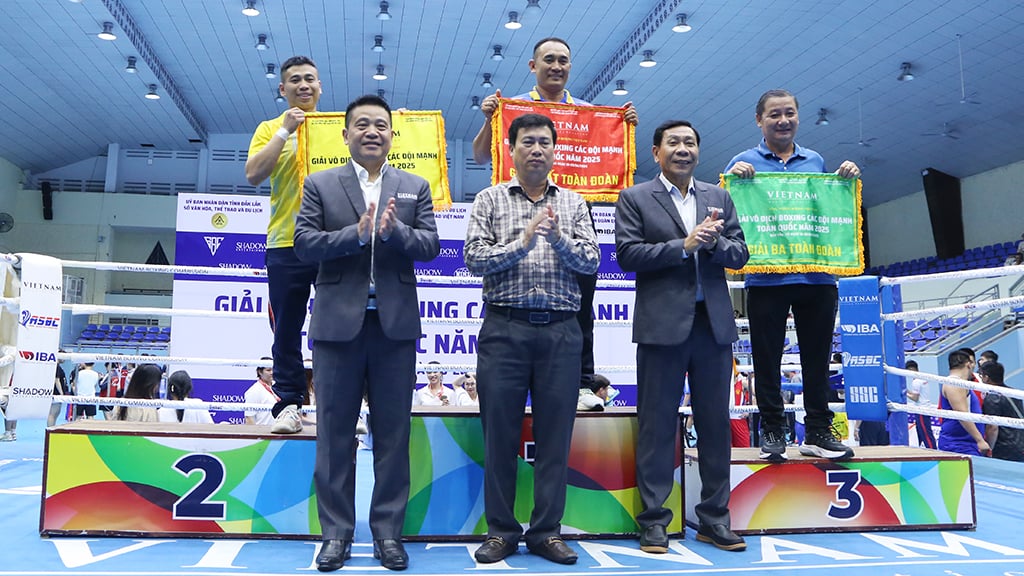



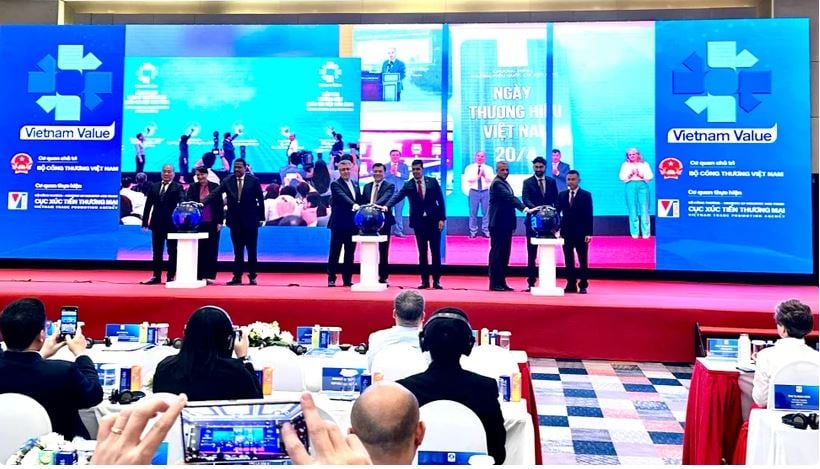




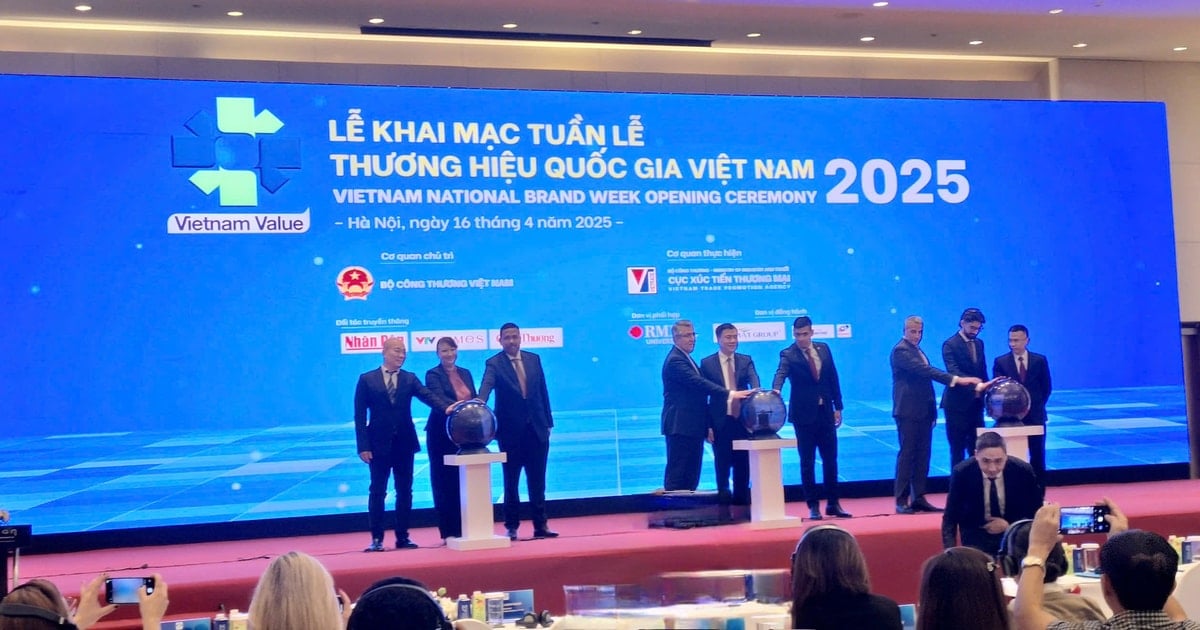


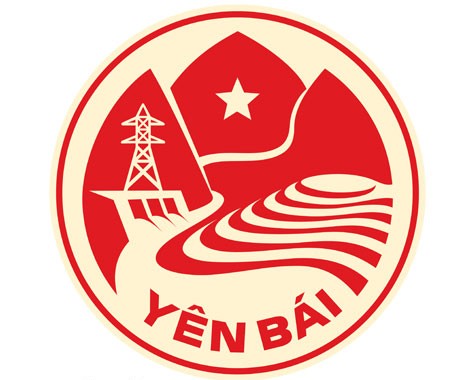
Comment (0)